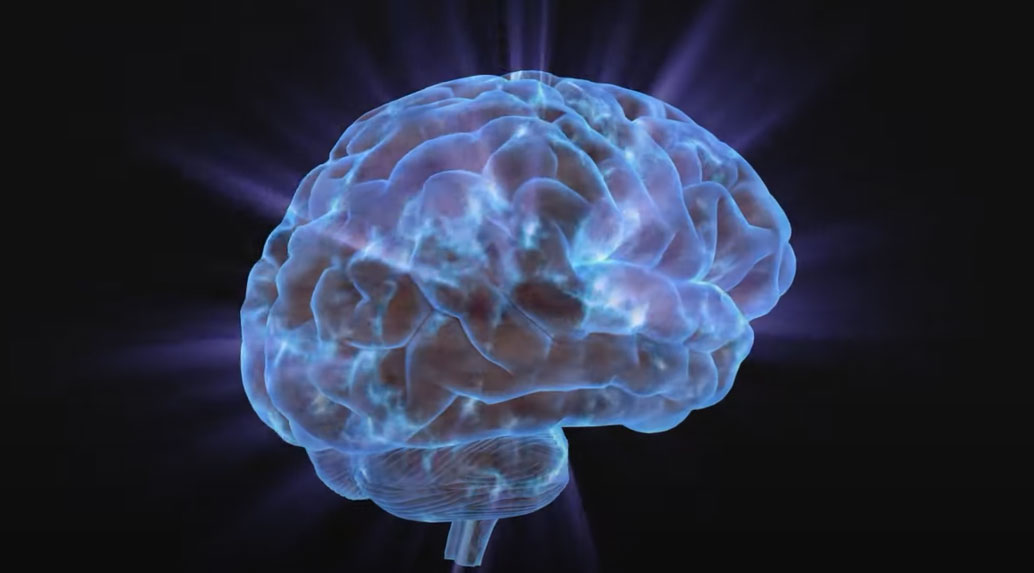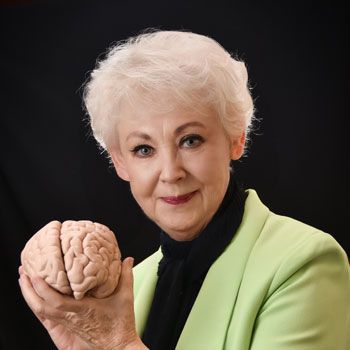Stress Hormones and Takotsubo
©Arlene R. Taylor PhD www.arlenetaylor.org
 “What do you know about Takotsubo?” asked Nell, putting down the newspaper. “There’s an article about an unexplained death that some think might represent that syndrome.”
“What do you know about Takotsubo?” asked Nell, putting down the newspaper. “There’s an article about an unexplained death that some think might represent that syndrome.”
Nell’s mother, an Emergency Department nurse, said, “I’ve only seen one case so far, and the doctor referred to it as a broken heart cardiomyopathy.” She went on to share what she knew about this interesting and rare condition.
Takotsubo is a Japanese word describing a distinctively-shaped fishing pot used for trapping octopus. The label broken heart cardiomyopathy refers to the fact that the left ventricle of the heart takes on the shape of this fishing pot when major stressors impact the heart, likely due to the secretion of stress hormones. The syndrome was first described as a case study in Japan. Although a rare syndrome, several reports or cases have surfaced recently in other countries. In some of the cases involving an individual with reported or suspected Takotsubo (or broken heart syndrome) the person survived in the short term, although long-term prognosis is unclear. In other cases, the syndrome resulted in the death of the individual.
Society often speaks poetically and sometimes blithely of a “broken heart” but as is so often the case with metaphors there is some basis in fact. Takotsubo cardiomyopathy (also known as transient apical ballooning syndrome, apical ballooning cardiomyopathy, stress-induced cardiomyopathy, Gebrochenes-Herz-Syndrome, and stress cardiomyopathy or broken heart syndrome) is the label that describes a heart event in the absence of any significant coronary artery stenosis. Several cases have been cited in the literature and it has been suggested that emotional stress may have precipitated the symptoms that mimic acute coronary syndrome. Some of the instances reported included:
- Acute emotional stress after the death of a relative
- Severe emotional stress due to financial instability
- Severe occupation-related emotional stress
- Severe physical stressors
- Acute emotional stress due to anticipating imminent death of a close friend or family member
The brain and body are an integrated system. They rely on a series of chemicals to carry out all of its essential functions. Neurotransmitters and hormones are the chemicals that control every system and process within the body. These chemicals are powerful, especially the stress hormones of adrenalin, norepinephrine, and cortisol.
Adrenalin
Adrenalin is responsible for a whole host of changes in the brain and body including providing energy to take necessary action. Temporarily it increases mental alertness, impacts moods, and helps one tolerate physical exercise. And when the demand for adrenalin exceeds what the adrenal glands can product, a whole cascade of undesirable consequences can result ranging from chronic fatigue and dark circles under the eyes to increased sensitivity to chemicals and toxins and brown spots on the skin. Some individuals exhibit behaviors designed to pump out additional adrenalin engaging in everything from arguing to physical fighting.
Norepinephrine
Norepinephrine is both a neurotransmitter and a hormone. As a result, its role within the body is essential to normal body and brain function, playing a significant role in how the body responds to stress. The body’s “fight-or-flight” response is coordinated by both adrenalin and norepinephrine (or noradrenaline). Secreted by the adrenal medulla glands, norepinephrine is more involved with maintaining normal body functions like heart rate, blood pressure and sugar levels than responding to perceived threats. In the brain it impact areas that regulate sleep, attention, learning, and emotions. It stimulates both the emotional and cognitive centers of the brain and when produced in normal amounts, can create a sense of well-being, as well as euphoria.
Cortisol
Cortisol is essential for life. Either too little or too much can result in problems. One of tis jobs is to maintain the lower parameters of blood sugar (insulin regulates the upper parameters). Cortisol will actually elevate in an attempt to bring up a drop in blood sugar back into a normal range. Since the brain requires an ongoing supply of glucose and gets most of its energy from glucose, the maintenance of adequate blood levels is a top priority of this stress hormone. There is some evidence that managing cortisol is learned over a period of repetition of from several months to years (e.g., some people create chaos in order to release cortisol). It requires a minimum of four months to address cortisol imbalances.
When stress hormones are released, they impact every cell in the body. A little goes a long way. When stress hormones are poured out in high doses, they can create an internal tsunami, so to speak. In the presence of major stressors (including internal physiological stress due to imbalance), these stress hormones can cause the left ventricle to balloon out, which interferes with the smooth functioning of the heart.
Takotsubo is likely just another example of the close connection between neurons in the brain and neurons in the heart. It points out the potential value of having solid and effective stress-management techniques in place and of having a good support system available in times of severe stress.




